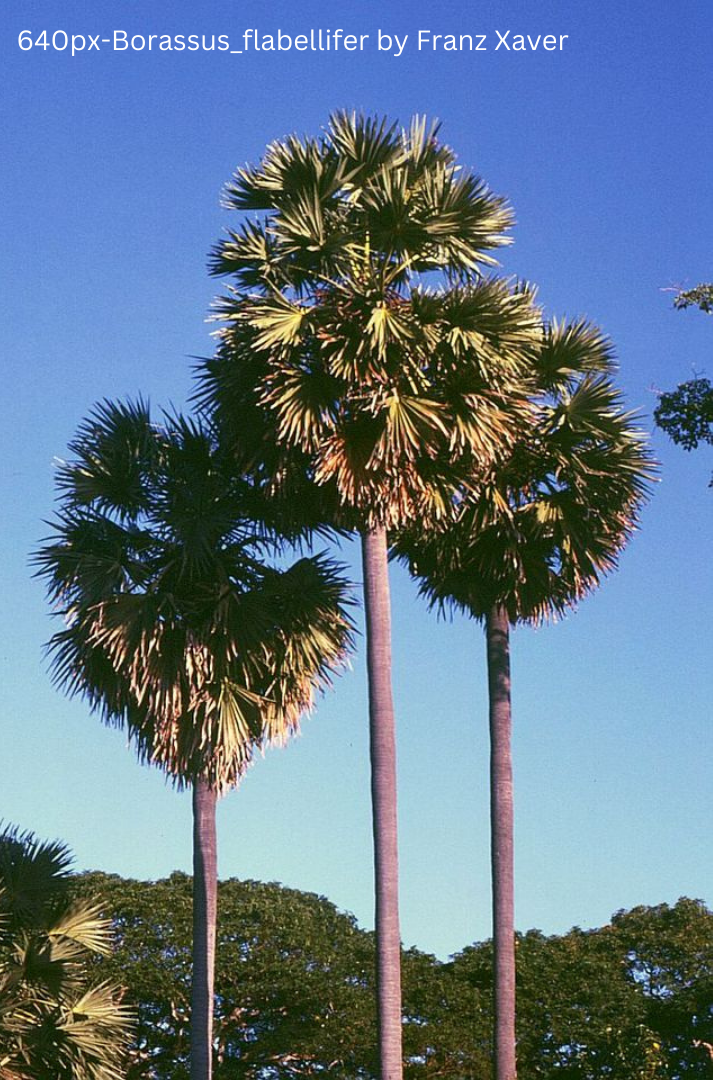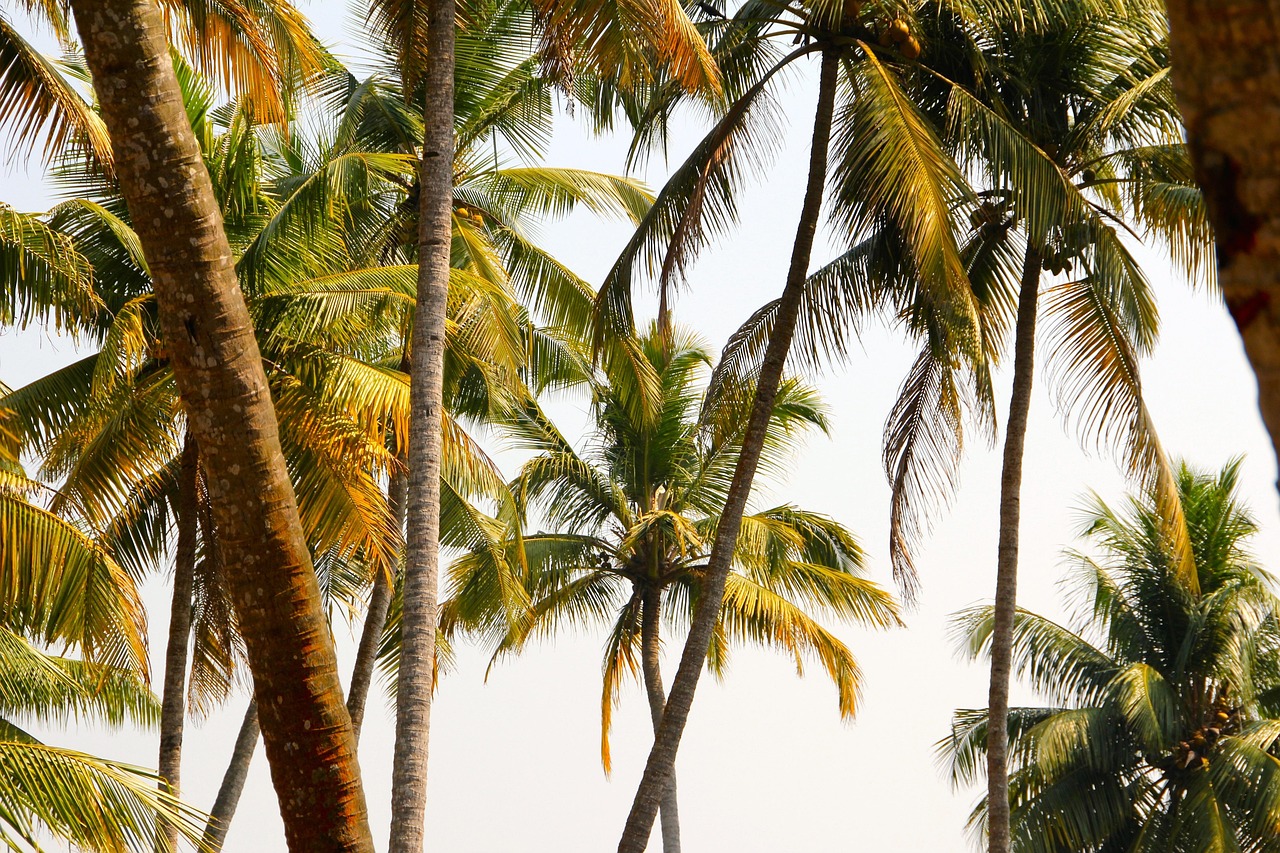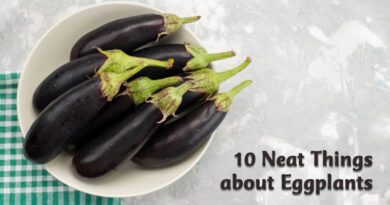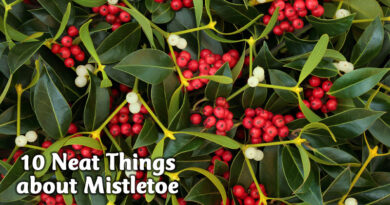10 Neat Things About Palms: History, growth and uses
Palm trees are among the most recognizable and diverse plant species in the world. From towering coconut palms swaying in tropical breezes to compact indoor palm plants thriving in homes, these versatile plants offer beauty, utility, and fascinating adaptations. While many associate palms with warm climates, some cold-hardy palm species can survive in surprisingly low temperatures. Whether you’re interested in the fastest-growing palms, edible varieties like date palms, or the cultural significance of these iconic plants, here are 10 neat things about palm trees that might surprise you!
1. Palms are not trees.
Unlike true trees, palms do not produce growth rings or secondary wood, which means they don’t heal from wounds the same way trees do. Instead, they grow only from the top of the trunk. If this growing point is damaged, the palm cannot heal or regenerate like a traditional tree. Their trunks are made up of fibrous vascular bundles rather than true wood, giving them a unique structure
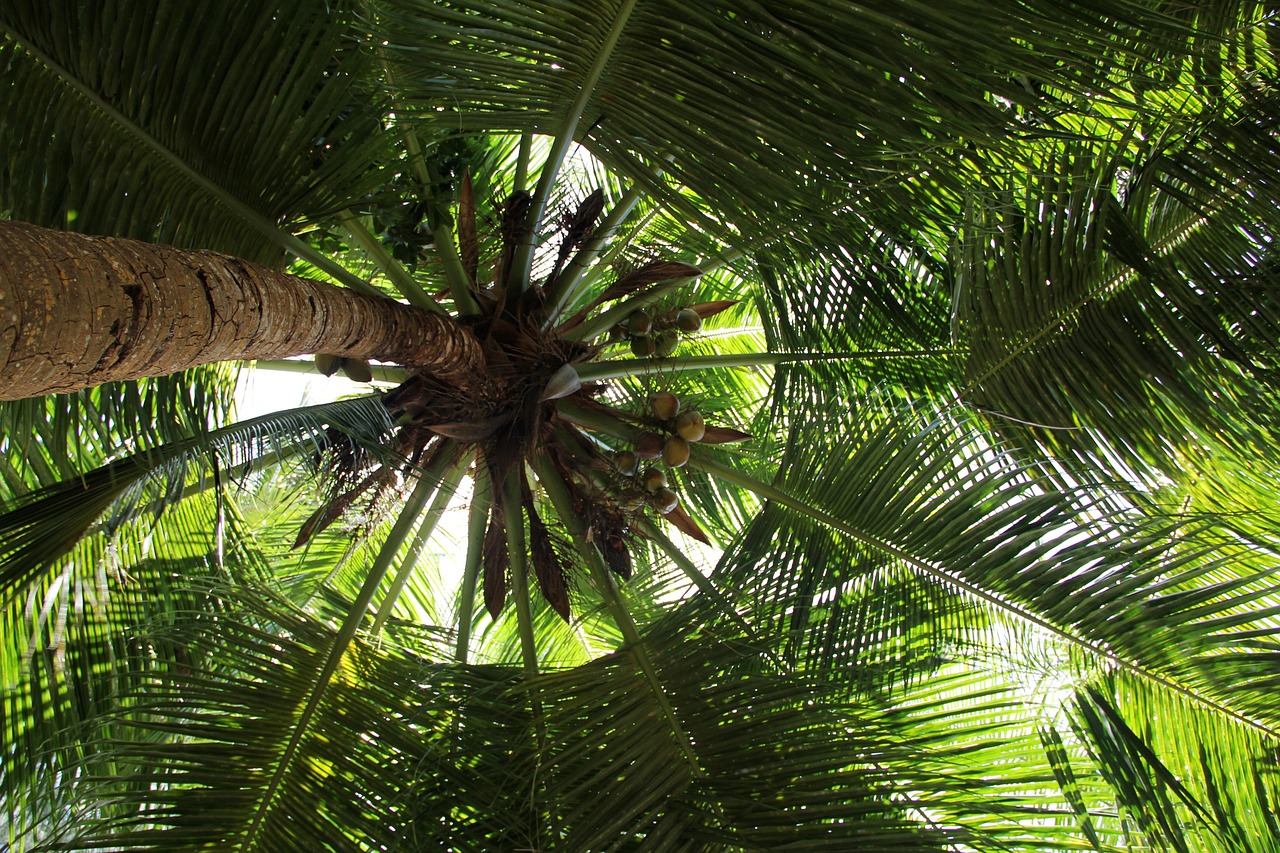
2. Palms are not grasses.
You might think palm is a grass, like bamboo, but it isn’t a grass either. Unlike grasses, which have hollow or solid stems with nodes and thin blade-like leaves, palms develop fibrous, unbranched trunks and large, fan or feather-shaped leaves. Despite some similarities in structure, palms are a distinct and separate plant group from grasses.
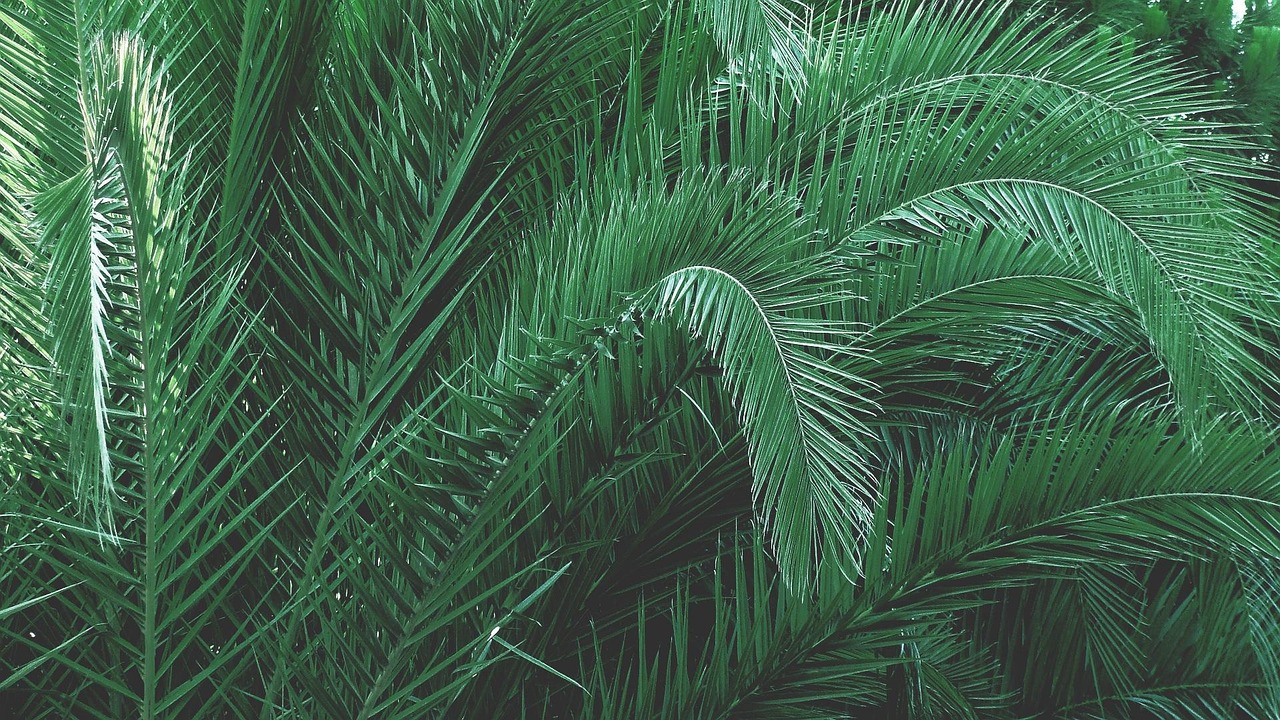
3. Some are cold hardy.
While many palms thrive in tropical and subtropical climates, some species can survive surprisingly cold temperatures. The windmill palm (Trachycarpusfortunei) and the needle palm (Rhapidophyllum hystrix) can endure temperatures as low as -20°C, making them options for sheltered gardens in Victoria and Vancouver.
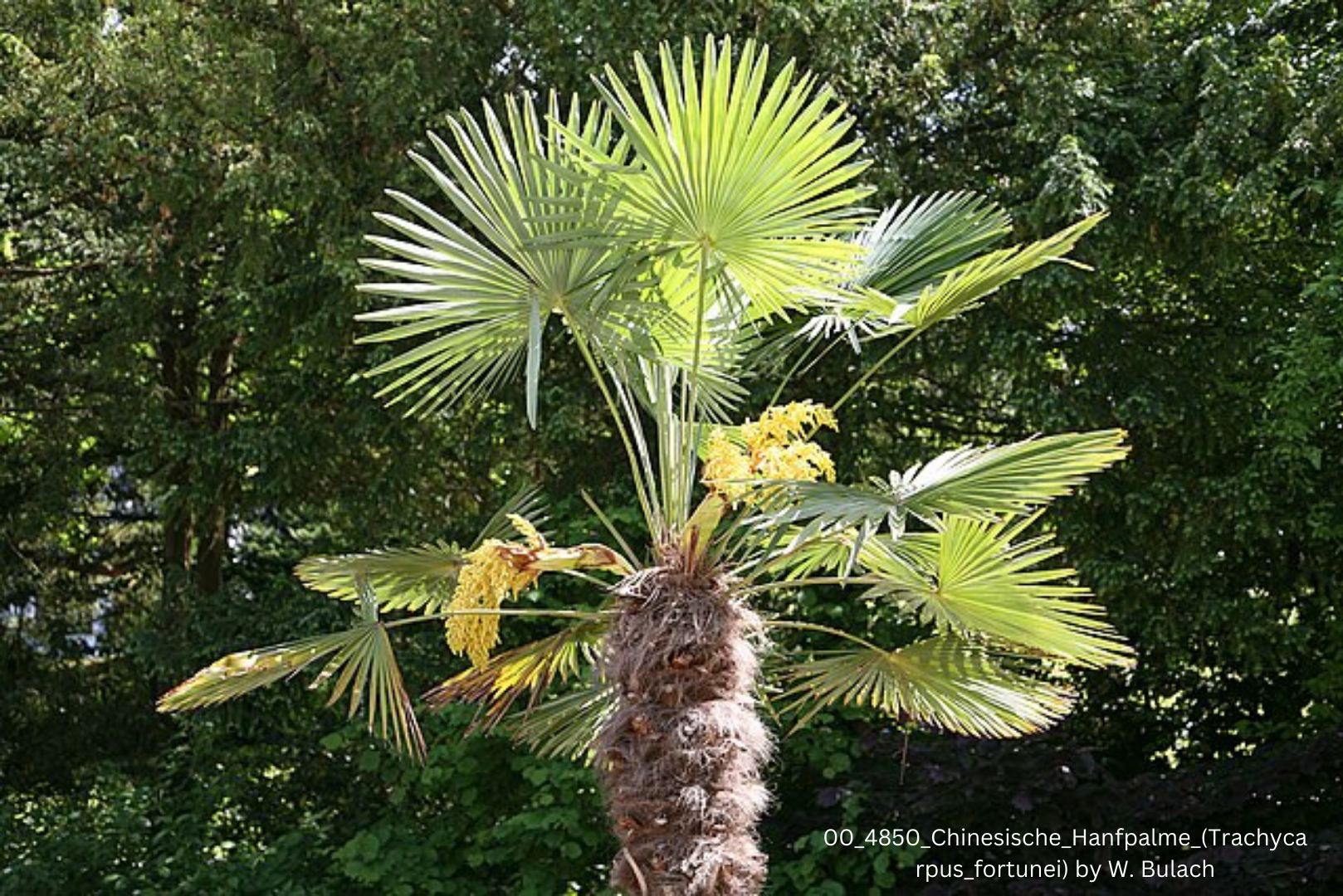
4. Not all palm trees are tall.
Many palms are short and even appear to be stemless. The parlour palm (Chamaedorea elegans) and the bamboo palm (Chamaedoreaseifrizii) both stay compact and are often grown as houseplants. The lady palm (Rhapis excelsa) grows in clumps that obscure its central trunk, while the dwarf palmetto (Sabal minor) has a trunk that remains mostly underground.
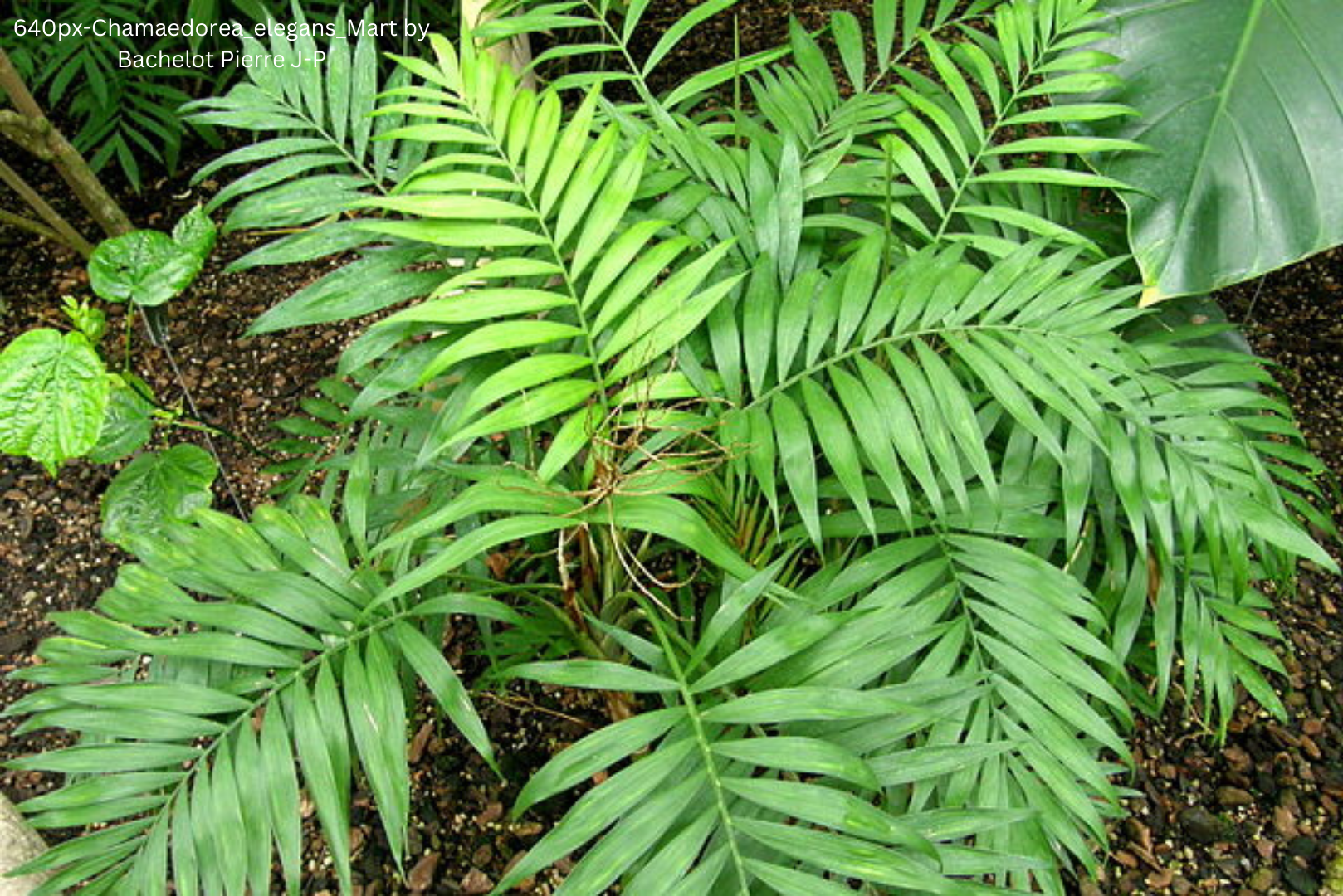
5. Palms you can eat.
Coconuts and dates come from palms, as do acai berries. In fact, the coconut palm (Cocos nucifera) can be tapped for sap to make palm sugar. Palm oil comes from the oil palm (Elaeis guineensis) and the gourmet delicacy hearts of palm is harvested from several species, most commonly the peach palm (Bactris gasipaes) and the acai palm (Euterpe oleracea).
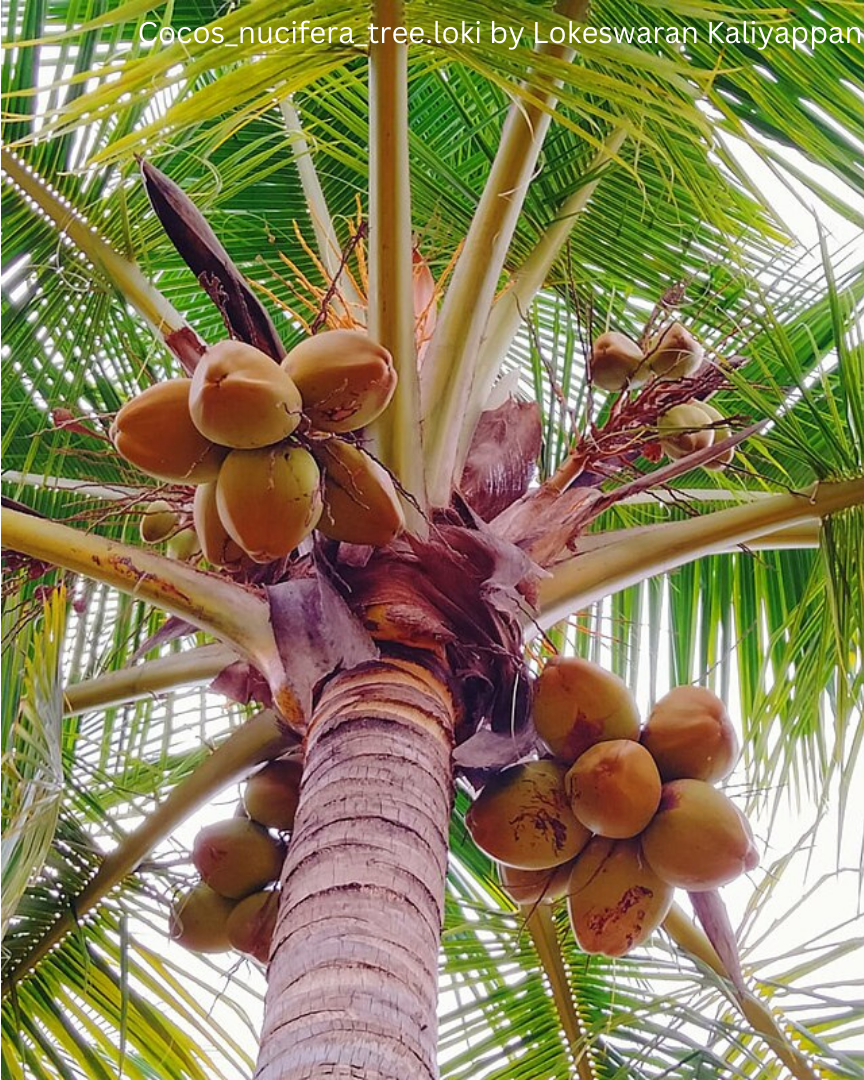
6. Palms can live a long time.
The date palm (Phoenix dactylifera) can live for hundreds of years; some in the Middle East are estimated to be over 200 years old and they still produce fruit. Coconut palms can produce coconuts for up to 80 years and live up to 120. The Chilean wine palm (Jubaea chilensis) has an even longer lifespan, often exceeding 300 years.
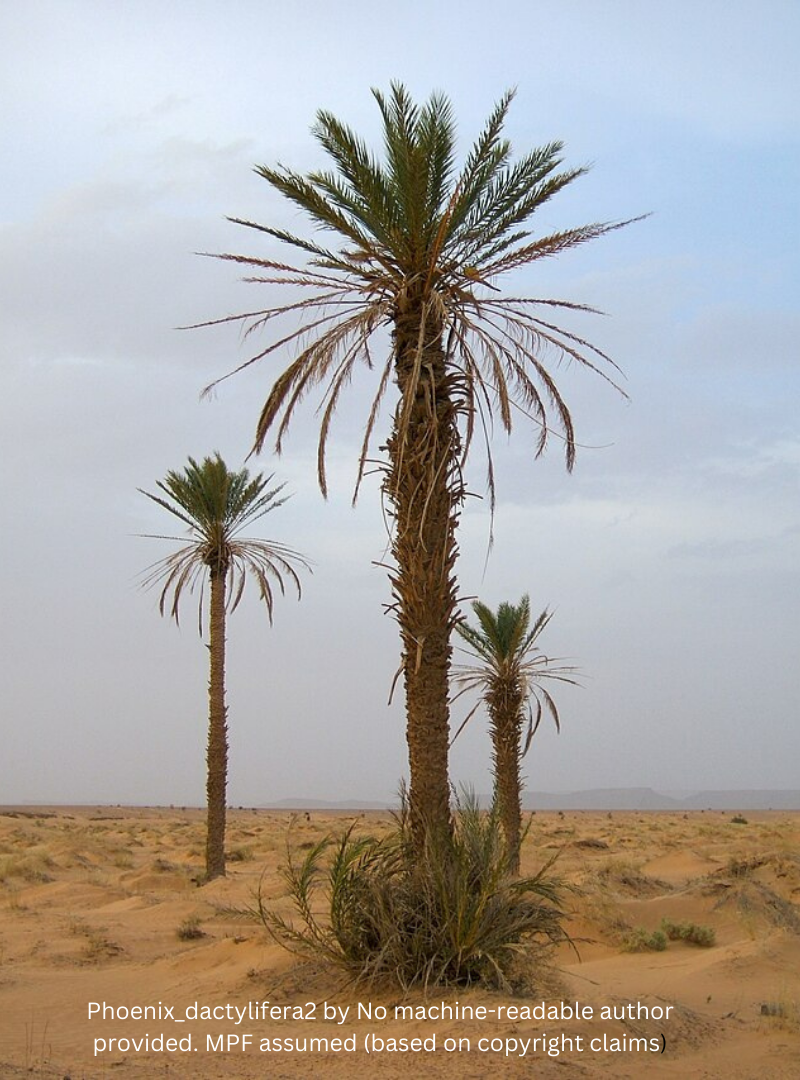
7. Or they may live a short time.
Some palms are monocarpic, meaning they flower once and then die. The fishtail palm (Caryotaurens) typically dies at 15 to 25 years after setting fruit. The talipot palm (Coryphaunbraculifera) can live around 80 years before flowering, but once it does, the entire plant perishes.
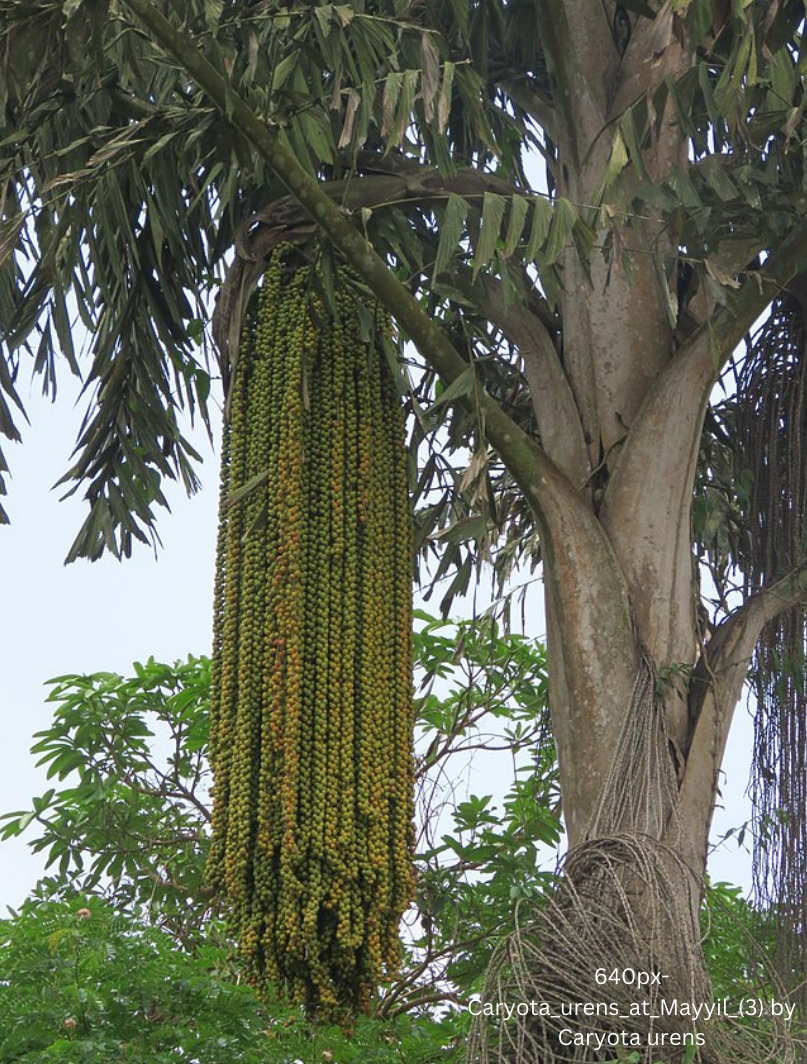
8. Dinosaur palms.
Fossil records show that palms date back at least 80 million years, making them one of the oldest surviving plant groups. They were among the earliest flowering plants, and they produce large, nutritious fruits and seeds, which have been key to their survival: animals eat the fruit and disperse the seeds.
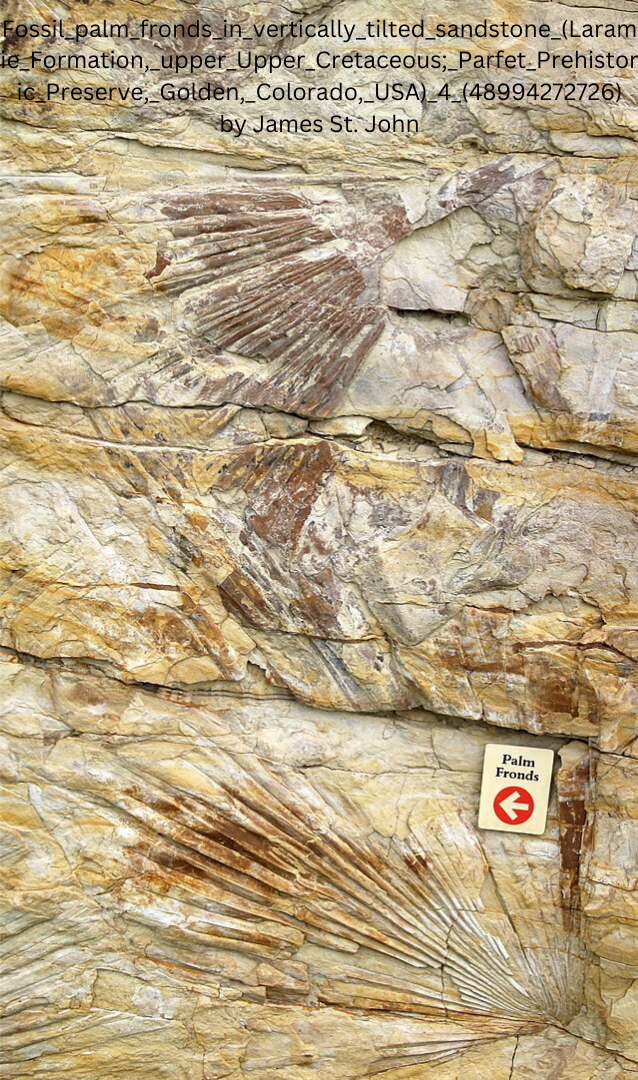
9. Some grow incredibly fast.
The carpentaria palm (Carpentaria acuminata) and the king palm (Archontophoenixalexandrae) can grow over four feet per year under ideal conditions, quickly reaching impressive heights. The windmill palm and the majesty palm (Ravenearivularis) don’t grow very high – only to around 30 feet – but they grow at a steady clip of one to two feet per year.
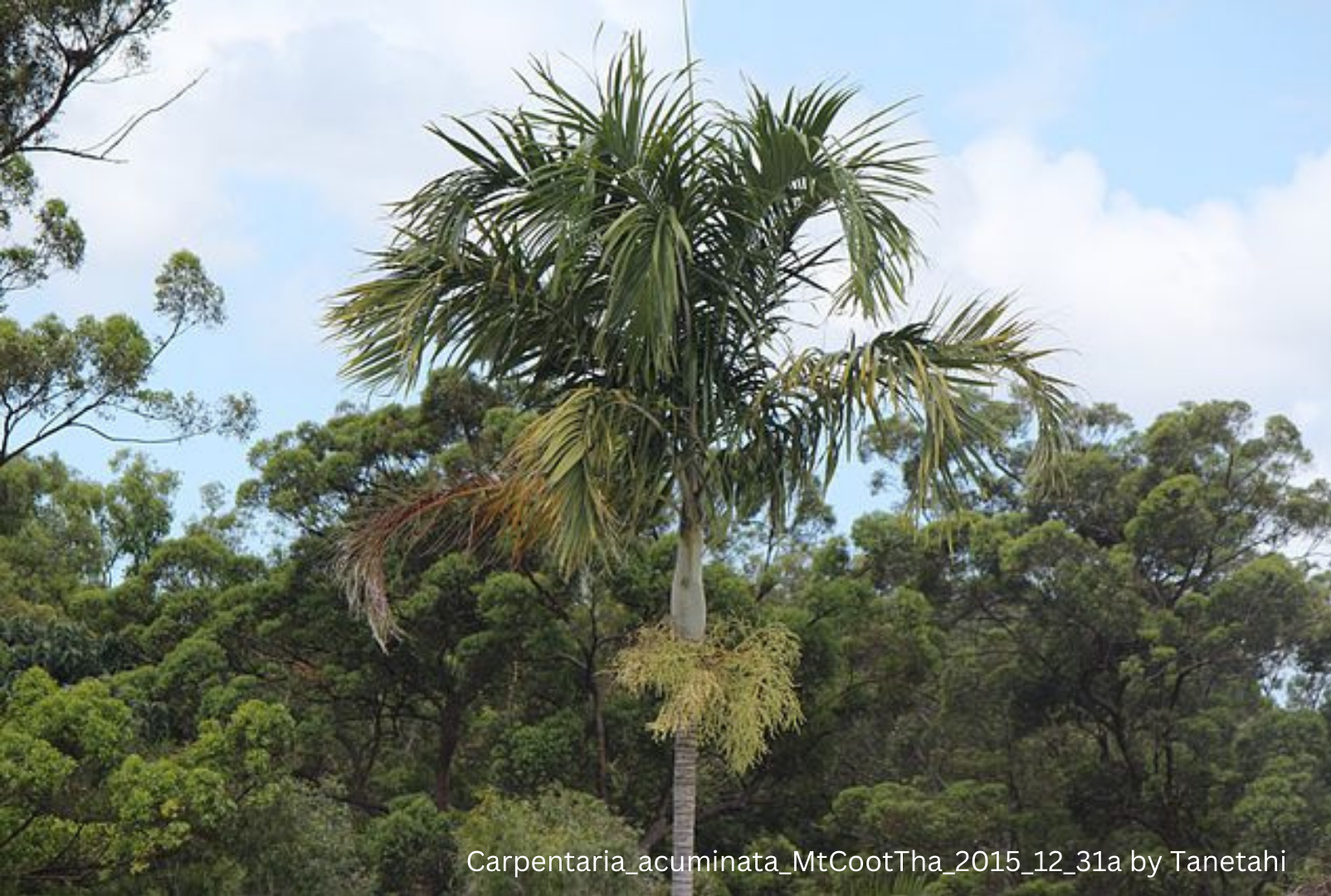
10. Palms are culturally significant worldwide.
Palms symbolize victory, peace and hospitality. They are prominent in religious texts, from the Bible to the Quran, and they play key roles in festivals like Palm Sunday. The palmyra palm (Borassus flabellifer) is sacred to Hindus and the Mesopotamians viewed the date palm as the Tree of Life.
